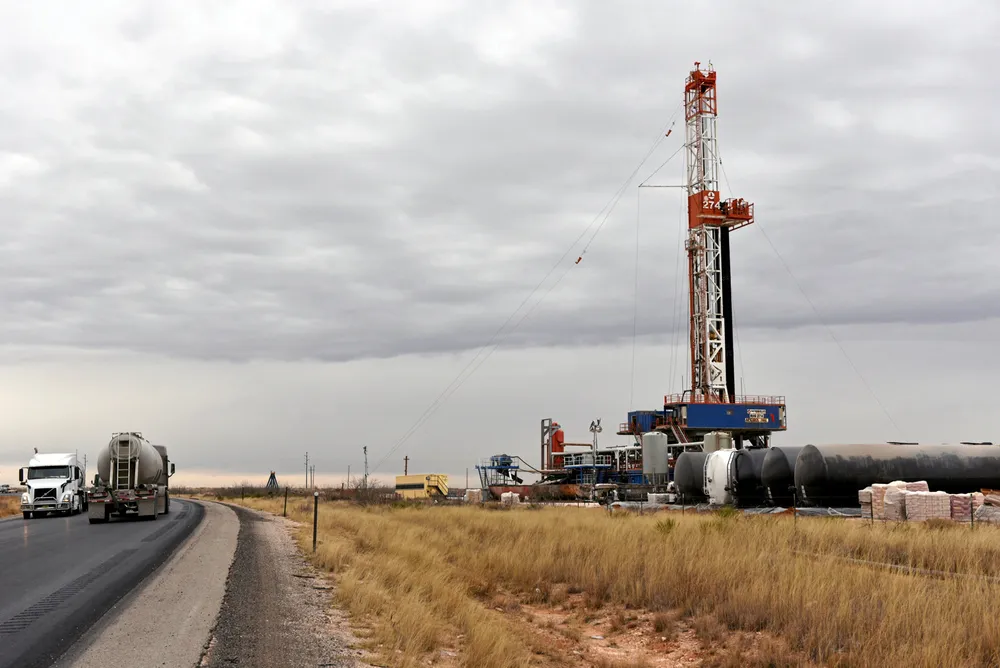Chevron continuing drive to lower emissions, but still lacks a net zero target
US supermajor's chief executive says a pathway to net zero will require technology advancements, ambitious government policy and large offset markets

US supermajor's chief executive says a pathway to net zero will require technology advancements, ambitious government policy and large offset markets
